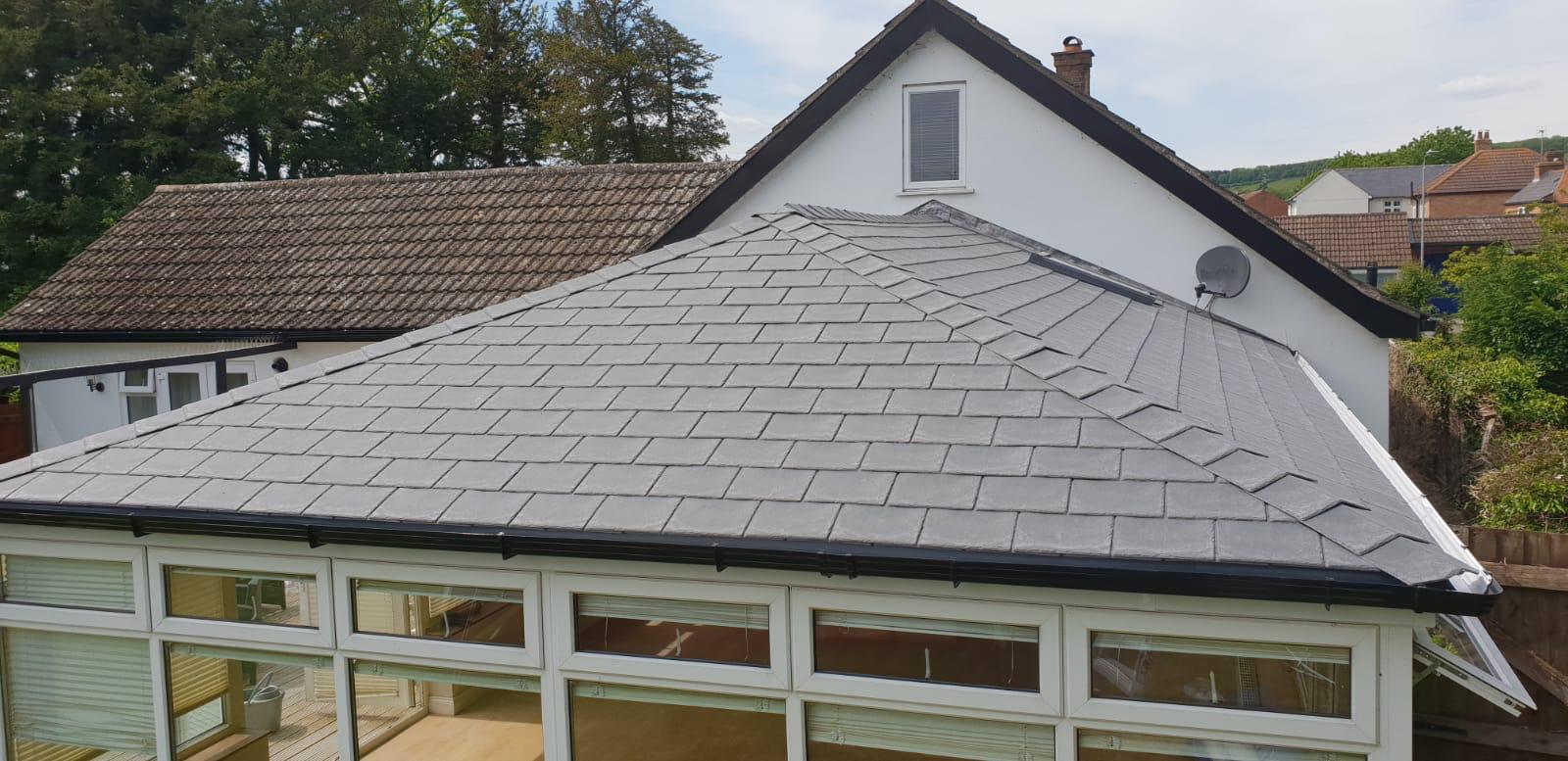Roof Replacement in the UK: A Vital Investment for Your Residence
Roof Replacement in the UK: A Vital Investment for Your Residence
Blog Article
Roof replacement is an expensive undertaking that can be a big job for homeowners in the UK. However, it is also one of the most important home maintenance tasks, as the roof serves as the primary barrier between the elements and the interior of your property. With the UK's unpredictable weather - including heavy rainfall, strong winds, and occasional snow - roofs are exposed to constant stress, making regular upkeep essential. Roofs naturally degrade over time and may require more than repairs to keep them structurally sound. If you notice that your roof is leaking more often, the tiles are falling, or the insulation has become ineffective, a complete replacement may be necessary. Neglecting these signs could lead to expensive damage in the house, such as mould, rot and electrical problems. A new roof not only enhances the appearance of a property but also increases its value and energy efficiency.
A roof plays a crucial role in protecting a home from the elements, making its maintenance a priority for homeowners. The natural ageing process of roof materials is one of the main reasons why UK homeowners replace their roofs. Traditional roofing materials such as tiles and slates can last for decades, but they are not immune to wear from prolonged exposure to weather conditions. Tiles can crack over time. Slates could become loose. The roof structure may also deteriorate. Roofs have an average lifespan between 20 and 50 years depending on their material. After this time, replacement is necessary to avoid leaks or further structural damage. It is important to replace the roof when its materials no longer perform well.
Identifying the right time for roof replacement is crucial to avoid further damage and unnecessary expenses. Minor repairs may prolong the lifespan of the roof. However, there are signs that indicate it's time to completely replace the roof. One of the most obvious signs is the presence of frequent leaks, especially if water starts to seep into the interior of the home. Small leaks, even if they are not large, can cause extensive damage to the home, such as mold and mildew. Insulation may also be compromised. Other signs include missing or cracked tiles, sagging roof sections, or increased energy bills due to poor insulation. If the roof is over 20 years old and exhibiting these signs, it is likely time for a full replacement. Ignoring the symptoms can lead to much more serious problems such as structural instability or interior damage.
Depending on factors such as the type of roof and materials used, its complexity, location, size, etc., the cost can vary greatly. A complete roof replacement for a three-bedroom standard semi-detached home can range between 5,000 to 12,000. Labour often makes up a significant portion of the cost, and scaffolding and waste removal add to the total expense. However, this investment is often offset by increased property value and reduced future maintenance costs. It is vital to obtain at least three quotes from reputable contractors and ensure they are members of organisations like the NFRC (National Federation of Roofing Contractors) or TrustMark. To protect themselves from delays or poor work, homeowners should also have written warranties, clear contracts and insurance. Although the upfront cost may be high, a quality roof replacement offers long-term peace of mind. To obtain supplementary details please head to Roofadvisor
Timing the project correctly can make a significant difference in the ease and success of a roof replacement. In the UK, the best time to undertake such work is during the late spring, summer, or early autumn months when the weather is generally more stable. The wind and rain can create delays, particularly if the construction exposes large sections of roof. However, emergency replacements may be required at any time of year, particularly if a roof has suffered storm damage. Booking a contractor ahead of time can reduce the wait during busy seasons. The homeowner should make other logistical arrangements, including informing their neighbours of the upcoming construction, setting aside parking spaces for vehicles and planning for possible noise. A realistic schedule and clear communication will help you manage the process with minimum inconvenience.
Roof replacement is a substantial yet essential project that protects a home's structure, increases its value, and improves energy efficiency. UK homeowners should be on the lookout for any signs of roof damage and take action immediately to avoid further damage. With so many materials and contractors available, making informed decisions is vital to achieving the best results. When planning your project, it's important to consider costs, schedules, and warranties. Whether upgrading for aesthetic purposes or addressing long-standing problems, a well-executed roof replacement brings peace of mind for decades. Investing wisely, working with professionals and working on a property that is attractive and safe will ensure the home remains dry and appealing, regardless of unpredictable British weather.